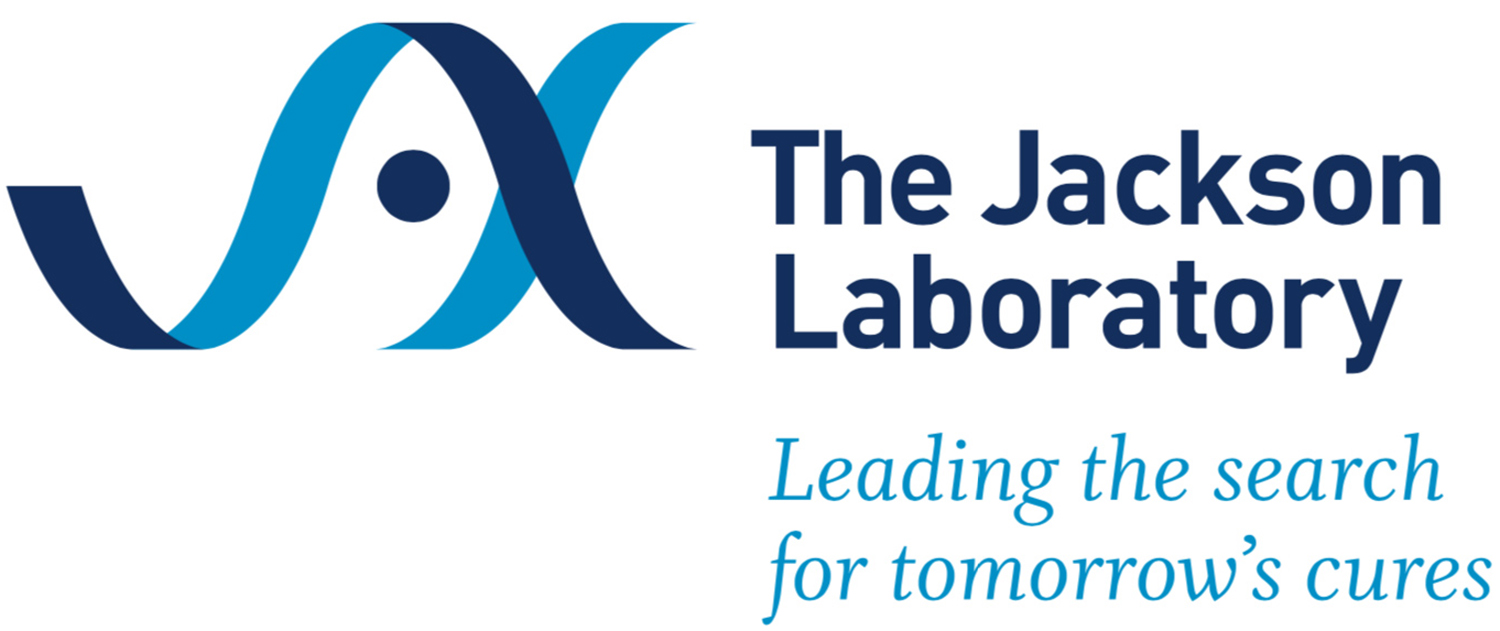Sponsored content brought to you by
The Jackson Laboratory (JAX), a pioneer in the arena of mammalian genetics and mouse research, provides the global scientific community with a comprehensive catalog of advanced mouse models and in vivo services. These tools enable researchers to understand complex diseases and uncover possible treatments.
JAX researchers are continually improving the translational relevance of their neurobiology models and services (termed “the mouse hospital”) to give researchers accurate data to propel their research forward. Preclinical services offer scientific expertise, numerous in-life and end-point measurements, phenotyping capabilities, and flexible, customizable study design to de-risk preclinical therapeutic development and enable researchers to reach their next milestone faster. JAX provides access to various models of neurological disorders and rare diseases, including:
Duchenne Muscular Dystrophy (DMD), one of the most common lethal childhood genetic diseases, is an inherited X-linked disorder that results from loss or aberrant function of dystrophin, a protein involved in the maintenance of muscle integrity. Since 2016, in collaboration with academic institutions and patient foundations, JAX has developed game-changing innovations in the field of DMD preclinical research; first, by modifying the genetic background of the most published mouse model, mdx, creating a strain with better resemblance with the clinical presentation in patients; then by developing testing services around a platform measuring muscle strength more accurately, in vivo, than the traditional assays.
Rett Syndrome is a childhood neurodevelopmental disorder that almost exclusively affects females. As the syndrome progresses, motor and breathing issues interferes with development. A popular model for research, the Mecp2 knockout model, exhibits Rett-like phenotypes including mobility and breathing problems. At JAX, breathing is monitored via the adaptation of a sophisticated, clinical device called a plethysmograph. This is a very sensitive and reliable method to measure the onset of the respiratory phenotype in the model, and the effect of therapeutic candidates on breathing.
Friedreich’s Ataxia (FA), an autosomal recessive neurodegenerative disorder, is predominantly caused by a homozygous GAA repeat expansion mutation within intron 1 of the frataxin (FXN) gene. Heart and nervous system damage lead to the loss of motor coordination. The difficulties to model FA in mice have been circumvented at JAX by the development and distribution of models with longer expansions, as well as the re-creation of heart- or nervous system-specific deletions of FXN.
Spinal Muscular Atrophy (SMA) Types I, II and III cause weakness and wasting of the voluntary muscles in the arms and legs of infants and children due to an abnormal or missing survival motor neuron 1 (SMN1) gene. SMN1 is responsible for the production of a protein essential to the survival of lower motor neurons in the spinal cord. SMN2, a human-specific duplication of the SMN1 gene, only partially complements SMN1 loss, but is the target of many therapies. These therapies are in various stages of clinical development, or even approved. Mice do not intrinsically have the SMN2 gene and JAX provides various models, which have been “humanized” by the addition to their genome. Furthermore, in vivo studies at JAX were dramatically improved by the adaptation of the electromyography (EMG) technique used in the clinic to diagnose patients and detect efficacy in clinical trials, to the small muscles of mice.
Over the years, JAX curated a unique collection of several SMA models, with phenotypes ranging from neonatal to adult onset – thus addressing the needs of all populations of patients. JAX also developed its own model, with a SMN1C hybrid allele that contains two SMN1/SMN2 hybrid genes in tandem, which proved particularly useful in initial testing of SMN2-inducing compounds for target engagement.
Mouse EMG has also revolutionized the research on Amyotrophic Lateral Sclerosis (ALS), also known as Lou Gehrig’s disease, which is characterized by a progressive neurodegeneration of brain and spinal cord nerve cells resulting in loss of voluntary muscle movement. Currently there are only two FDA-approved, modestly effective therapeutic treatment for this fatal disease.
JAX provides access to the well-known model that expresses a human transgene carrying the G93A mutant form of human SOD1 on a mixed C57BL/6J and SJL/J genetic background. Additional models available from JAX includes one that carries the same transgene on a C57BL/6J congenic background, and has a slightly longer life span, and others that expresses a mutant human TAR DNA binding protein associated with familial ALS, which considered as one of the key targets in ALS forms of various or unknown origin. Moreover, hemizygous mice exhibit cellular brain pathology reminiscent of both ALS and frontotemporal lobar degeneration with ubiquitin aggregates. The most recent strain additions include those carrying patient-derived repeat expansions in the C9ORF72 gene, the mutation associated with the largest proportion of ALS cases.
In addition to the expansive collection of strains, JAX offers model generation services to develop strains that can answer specific research questions, as well as recapitulate disease phenotypes. For 90 years, JAX continues its commitment to providing the global research community the most advanced models and in vivo services to help drive neurobiological research, delineate mechanisms underlying disease, and enable efficacious therapeutic development design.
The maintenance of publicly-available colonies and generation of new models is completed by JAX preclinical neurobiology services, which facilitate most informed decision-making for gene therapy and compound evaluation, and includes, expertise in complex routes of administration, behavioral phenotyping, clinical chemistry, ECHO/ECG, DEXA testing, and much more. Combining these readouts capabilities to the specific diseases models
available on-site at JAX offers an unlimited variety of solutions for therapy development for many indications including rare diseases.








